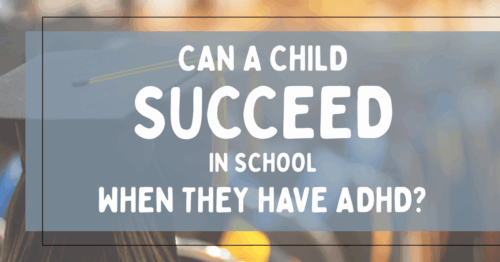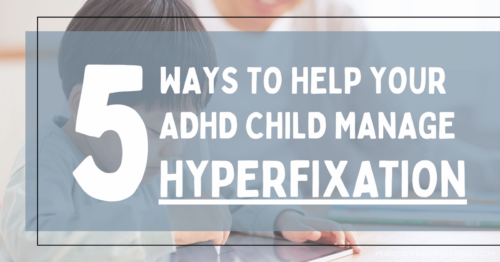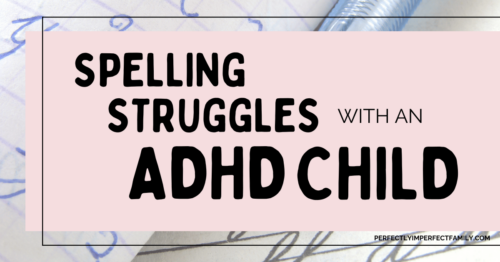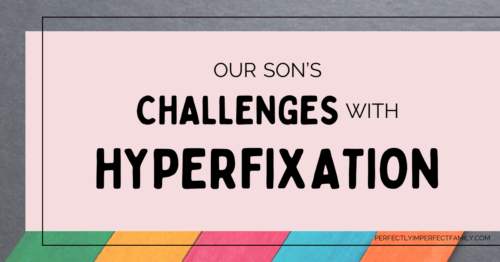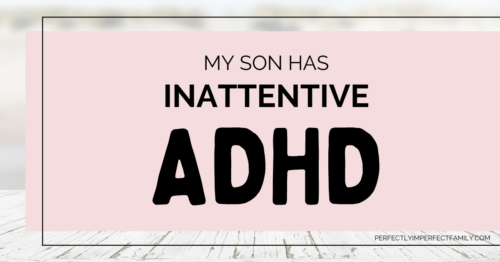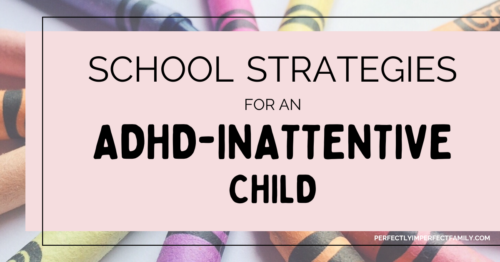ADHD
Raising a child with ADHD is a journey of challenges, growth, and unexpected joys. Our family has navigated everything from school struggles to emotional ups and downs, learning to embrace the creativity, energy, and resilience that come with an ADHD brain. In this space, we share our experiences — both the frustrations and the victories — along with practical parenting strategies, insights on family dynamics, and the importance of advocacy. ADHD isn’t just about overcoming obstacles; it’s about recognizing strengths and fostering confidence. Whether you’re seeking advice, solidarity, or simply a place to feel understood, we invite you to join us in navigating life with ADHD as a family.
Can a Child Succeed in School When They Have ADHD?
Children with ADHD can succeed in school — not just scrape by, but thrive. It might not look traditional, and the path may be winding, but with support, self-awareness, and a focus on strengths, real growth happens. My son, who has inattentive ADHD, is living proof: resilient, creative, and learning to define success on his own terms.
5 Ways to Help Your ADHD Child Manage Hyperfixation
Managing hyperfixation in children with ADHD can be challenging, especially when their focus locks onto something they love, like video games. I share five practical strategies I’ve used to help my son navigate hyperfixation. From setting time limits to involving him in rule-making, it’s all about finding what works for your family.
Spelling Struggles With an ADHD Child
I didn’t realize spelling struggles were common for kids with ADHD until my son was older. Looking back, I wish I had known sooner — it would have saved us both frustration. He’s still a great student despite the challenge. If your child struggles with spelling, be patient. They’ll be just fine! What strategies have worked for you?
Our Son’s Challenges With Hyperfixation
Hyperfixation, common in those with ADHD, is an intense, prolonged focus on a specific activity or interest. While it can lead to amazing productivity and energy, it also causes challenges like ignoring personal needs, not listening, or delaying tasks. For our son, video games are a common area of hyperfixation, affecting his focus on daily responsibilities.
My Son Has Inattentive ADHD
My son has Inattentive ADHD, a less obvious subtype that often goes unnoticed because it lacks hyperactivity. Our journey began when teachers noticed his struggles with following directions. Through diagnosis, medication, and daily challenges, we've learned so much. I’m sharing our experiences to help others navigating ADHD — because no one should feel alone in this journey.
School Strategies for an ADHD-Inattentive Child
Supporting a child with ADHD requires a structured environment, breaking tasks into manageable chunks, and using multisensory learning strategies. With consistent support from parents, teachers, and the community, children with ADHD can succeed academically. By implementing behavior management techniques and tailoring strategies to their unique needs, we can help them thrive in the classroom.

